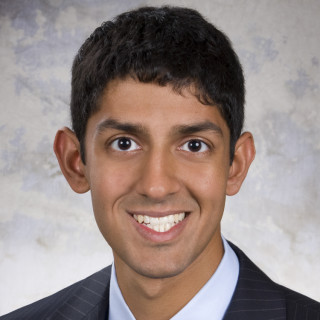On Oct. 10 at the annual American Society of Retinal Specialists (ASRS) meeting, I had the pleasure and honor of presenting our research group’s work regarding trends in female representation on the podium at U.S. vitreoretinal conferences from 2015-2019. This is a topical issue given that the number of women entering ophthalmology and subspecializing in vitreoretinal surgery continues to steadily climb. Beyond the real-time benefits of sharing one’s data and experience with colleagues, presentation at meetings is a key part of academic advancement and respect within a field. A prior paper looking at data from 2017 revealed that women only made up 18.4% of podium presenters at vitreoretinal meetings; however, that study only accounted for one of the several vitreoretinal meetings that take place each year.
The current study analyzed six U.S. vitreoretinal meetings over a five-year period and sorted meeting podium involvement into three categories: invited speaker role, accepted research abstract speaker role, and panelist/moderator role. The results of the study showed three major takeaways: 1) the overall number of women on the podium significantly increased from about 20% in 2015 to 25% in 2019, 2) most of this increase was driven by a significant increase in women presenting research abstracts, and 3) meetings with at least one female committee member were statistically more likely to include women in invited roles as speakers or panelists/moderators.
On the surface, this is good news: gender inclusivity in a traditionally male-dominated medical subspecialty is steadily rising to match the changing demographics of the field. Digging deeper, the results only highlight when we continue to learn more and more: active efforts will be needed to overcome unconscious bias. Research abstract submissions are driving this increase in gender equity, and abstract submissions are typically masked so that the selection committee does not know the gender or other demographics of the submitting authors. Roles that are filled without masking, namely invited speaker and panelist/moderator roles, remain stagnant.
How to overcome this stagnation? The study results provide one answer. Including women on program organizing committees significantly increased the odds of better gender inclusivity for invited roles. It should come as no surprise that increasing the diversity of leadership results in improved diversity of an organization, or in this case, a meeting. Whether it is gender, ethnic, socioeconomic, international, or institutional diversity that is the goal of an organization, the surest way to achieve results is to promote constituents of the target group to the level of power and control needed to help guide inclusive policy.
There are other barriers for women presenting at academic meetings. Multiple studies have shown that female physicians often still bear the majority of childcare and family responsibilities in American society, and this is likely a contributing factor to relatively lower female participation and attendance at multi-day meetings. Some ophthalmology conferences, such as the annual EnVision Summit and the annual Women in Ophthalmology meeting, have designed creative solutions to reduce roadblocks, including built-in family activities, childcare services, nursing areas for mothers, and creative meeting agenda structuring that allow for attendance, as well as family time. Virtual conferences became the new normal in 2020 due to the COVID-19 pandemic, and future efforts to promote virtual presentation and ‘podium’ inclusion could also help female physicians with families be academically involved.
To conclude, this study demonstrated insightful trends, and hopefully vitreoretinal meeting leadership, and other subspecialities of medicine, will take heed to continue to promote diversity and inclusivity in future meeting participants and faculty.
Jayanth Sridhar, MD is an Associate Professor of Ophthalmology at Bascom Palmer Eye Institute. His mentor is Audina Berrocal MD, Professor of Ophthalmology, Bascom Palmer Eye Institute. Dr. Sridhar reports no conflicts of interest.
Illustration by April Brust







